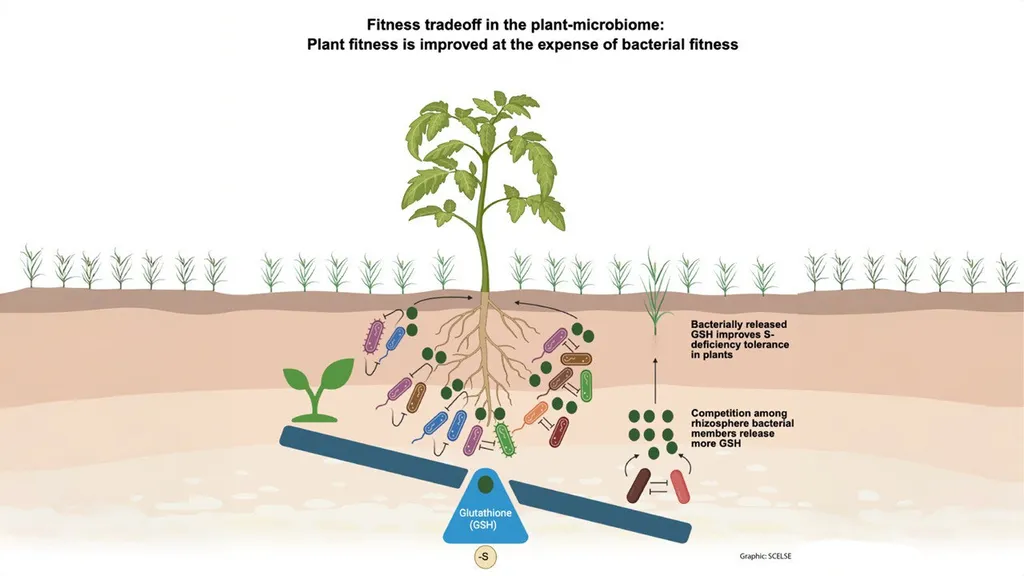In the quest to bolster plant resilience and sustainability in agriculture, scientists are turning their attention to the intricate world of plant-microbe interactions. A recent study published in *mSphere* sheds light on how bacterial secondary metabolites, particularly non-ribosomal peptides, play a pivotal role in root colonization under drought stress conditions. This research, led by Ying Guan from the Department of Plant and Environmental Science at the University of Copenhagen, could pave the way for innovative agricultural practices that leverage microbial communities to enhance crop resilience.
The study focused on the wheat rhizoplane—the surface of wheat roots—and how drought conditions influence the bacterial communities and their production of secondary metabolites. Using advanced amplicon sequencing techniques, the researchers targeted the adenylation domain of non-ribosomal peptide synthases (NRPSs) and the 16S rRNA gene. Their findings revealed that drought stress transiently alters both the bacterial community composition and the NRPS gene composition in the rhizoplane.
One of the most intriguing discoveries was the enrichment of Pseudomonas-derived NRPS genes encoding viscosin, a cyclic lipopeptide with biosurfactant properties. “We observed that drought selected for distinct groups of siderophores from different taxonomical groups, enriching for Streptomyces and depleting Pseudomonas siderophores,” Guan explained. “This suggests that compounds linked to motility and colonization provide a competitive advantage during rhizoplane colonization under drought stress conditions.”
To validate their observations, the researchers conducted in planta experiments using the viscosin-producing Pseudomonas fluorescens SBW25 and its viscosin-deficient mutant. The results were compelling: a higher abundance of the viscosin-producing strain colonized the roots under drought stress conditions compared to the mutant. This finding underscores the importance of specific secondary metabolites in enhancing root colonization and potentially improving plant resilience.
The implications for the agriculture sector are significant. By understanding the role of secondary metabolites in plant-microbe interactions, researchers can develop targeted strategies to enhance crop resilience under stress conditions. This could lead to the development of biofertilizers and biopesticides that harness beneficial microbial communities to improve crop yields and sustainability.
“Our work demonstrates the potential for amplicon sequencing of NRPS genes, coupled with in planta experiments, to elucidate the importance of secondary metabolites in root colonization,” Guan noted. This approach not only advances our understanding of plant-microbe interactions but also opens new avenues for sustainable agriculture.
As the agriculture sector grapples with the challenges posed by climate change, this research offers a promising path forward. By leveraging the natural capabilities of microbial communities, farmers and agronomists can develop more resilient and sustainable agricultural practices. The study’s findings could shape future developments in the field, driving innovation and fostering a deeper understanding of the complex interplay between plants and their microbial partners.

